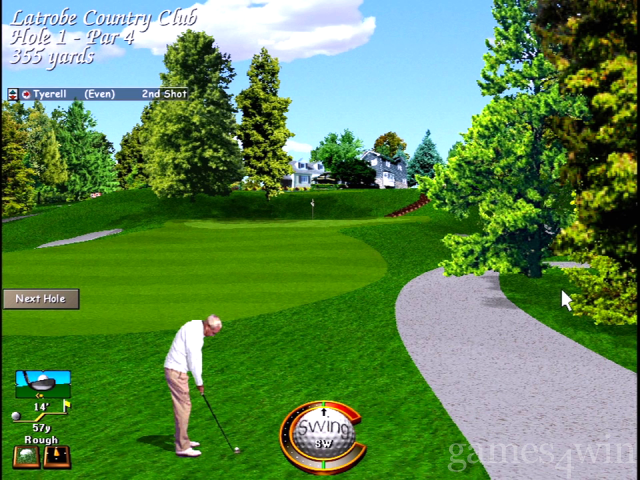
Once you’ve done this, breathe and start your swing. You need to “centre” yourself and calm your thoughts, so you should go through the movement you are about to do in your mind feeling the swing length, rhythm, and body movements (a little bit like an out of body experience, where you see it happening in front of you). For most people, a physical swing alone doesn’t connect with your golfing mind at all, it stays solely physical.Ī mental rehearsal is where you’ve finished your pre-shot routine and are ready to strike the ball. This links your golfing mind to your physical movements. A mental rehearsal is far more beneficial than a physical one (except for the situations mentioned above where you should do both a physical and mental rehearsal). What you should try to ensure you do with all of your shots is a mental rehearsal. Working on new movements and thoughts can be disastrous on the golf course without a good level of practice beforehand.

Practice swings that are technique-based can work well, providing you’ve put the work in on the training ground and have a good feel for what you’re trying to achieve. This is where your visualisation and stroke become connected and ensures you have no doubt. You have to ensure you know exactly what rhythm and length of swing you’re going to do before you strike the ball. Remember: doubt is the biggest killer of all golf shots.ģ) Putting – this is a must in my book. If you attempt to hit the ball with any doubt in your mind, it will invariably end in failure. Here, you should do at least three practice swings to ensure you build up a good level of confidence that you are producing the correct length and speed swing to suit the shot.
GAME GOLF PRO FULL
When you can’t do a full swing, for example, a three quarter or half swing with one of your wedges. Your practice swing will help you decide if you need to change your address position, club choice or even stroke, in order to make a good contact or indeed decide if it is better to “take your medicine”, be less aggressive and play safe.Ģ. Here, you should do a practice swing to check your stance and weight is in the right position to brush the grass on a slope or to test the strength of the “grab” of the grass if in the rough. When you’re in an unusual or awkward lie, for example, on a slope or in the rough. However, there are certain situations that you SHOULD do practice swings, and not always just one! Here are my suggestions:ġ. If you’re just “going through the motions” because that’s what everyone else seems to do, again, just save your energy. if the round is slow and you feel yourself stiffening up).

My answer is that it depends on why you’re doing a practice swing in the first place… If you’re just swinging your arms around to loosen up, then it doesn’t really serve a purpose and you’d be better off not bothering (unless you really do need to loosen up, e.g. The reason they’re asking is usually one of three: they want to conserve energy, avoid slow play or don’t see the benefit of doing one. I get asked by many golfers if they should do practice swings or not.


 0 kommentar(er)
0 kommentar(er)
